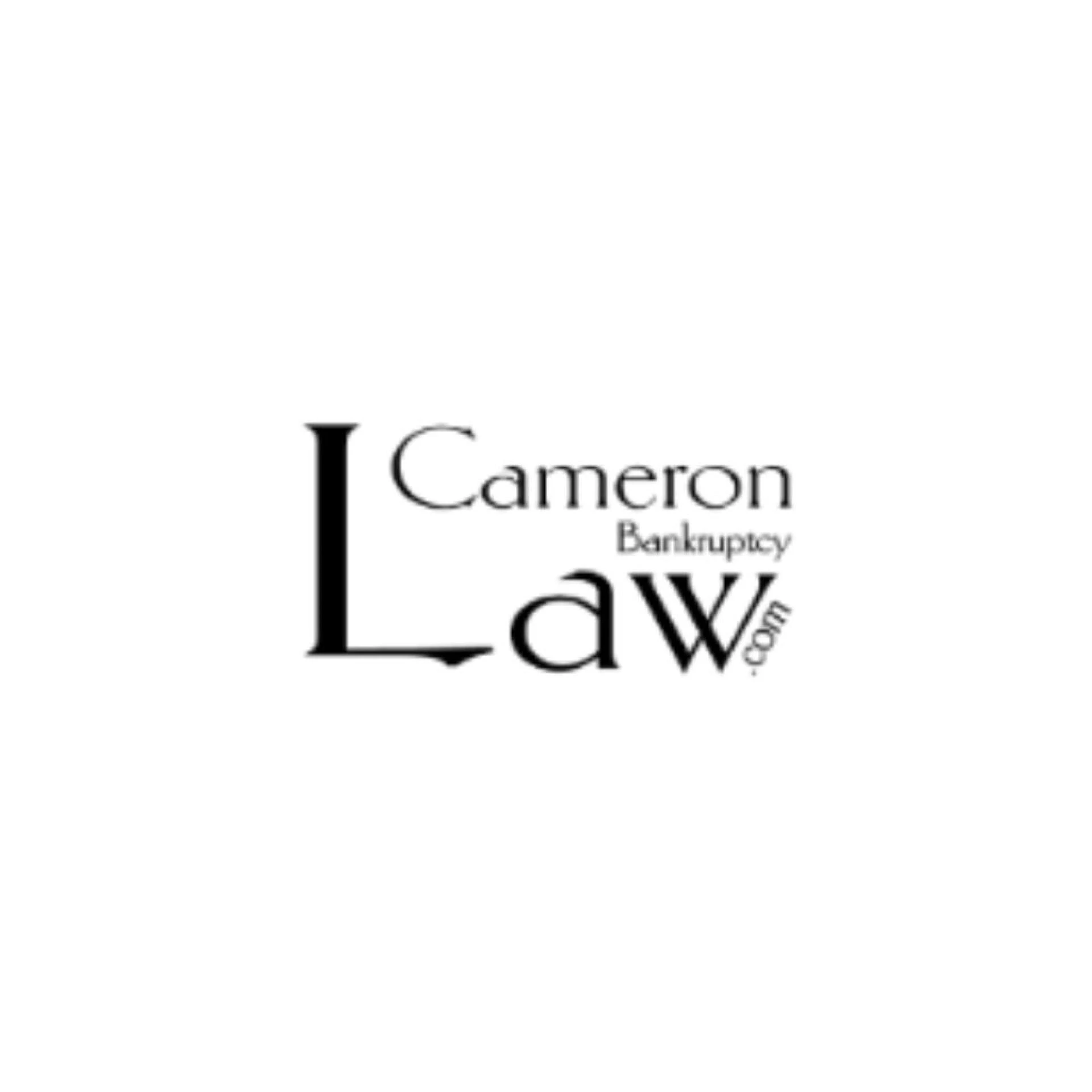Student loans are a controversial topic, and even more so in recent years.
Many people continue to argue that federal student loans are good debt. This is because they believe that spending on education increases your earning potential and can create a substantial long-term return on investment.
While others consider it as an outdated line of thinking, because the cost of post-secondary education has vastly outpaced the inflation rate, and student loans can trap consumers into decades worth of debt.
How to File for Student Loan Bankruptcy?

A student loan bankruptcy may be initiated through commencing an adversary proceeding in Chapter 7 or Chapter 13 bankruptcy. The court will decide whether paying a student loan could be deemed as an "undue hardship" by reviewing your financial situation.
What is an Undue Hardship?
An undue hardship is a situation where an employer or service provider faces significant difficulty or expense in providing reasonable accommodations for an individual with a disability.
Usually, student loans are not eligible for discharge, so you have to confirm that repaying them would result in an undue hardship. This usually requires you to prove:
- Student loan repayment will prevent you from preserving a minimal standard of living.
- The hardship period will continue for a considerable period of the repayment term.
- The sincere and genuine efforts you made to repay your debts.
Whether it's your income, expenses, dependents, or career, every aspect will be reviewed by the court. After determining your financial condition, they will decide based on certain conditions of the creditors, if loan repayment is an unreasonable burden or not.
Student Loan Bankruptcy
To file a bankruptcy, you will have to submit a petition to the bankruptcy court. In this petition, your debt, assets, income, and expenses will be detailed. Then, the process will be followed by completing your credit counseling, paying filing fees, and attending meetings with your creditors.
There are 2 bankruptcies for student loan discharge, Chapter 7 and Chapter 13. You will have to choose one of them. Both are designed to discharge student loans. Once you choose, you'll file an adversary proceeding to demonstrate that repaying your student loans would cause undue hardship.
Difference between Chapter 7 and Chapter 14
Chapter 7 Bankruptcy: Also referred as liquidation bankruptcy, in Chapter 7 bankruptcy, you will be assigned a trustee. This trustee will liquidate your non-exempt assets and utilize the money to pay off the unsecured debts.
The debts, such as alimony, child support, and most taxes, cannot be discharged in Chapter 7 bankruptcy. There are two conditions before filing for Chapter 7:
- Your income must be limited to qualify for Chapter 7.
- You will be required to complete a credit counseling course within 180 days.
Chapter 13 bankruptcy: Also known as the wage earner's plan, Chapter 13 bankruptcy involves reorganization of your debts to create a plan that will help you in their repayment within three to five years. In this plan, to pay off your debts, a trustee will collect some percentage of your disposable income and distribute it to your creditors. This bankruptcy is beneficial for people who avoid foreclosure and have a high income.
Conclusion:
Discharging student loans is difficult but can be achieved under an expert's supervision. Cameron Bankruptcy Law will assist you in debt relief for student loans. Our team of experts will guide you through the process of both Chapter 7 and Chapter 13 bankruptcy and will choose the best suited for your debts.


